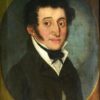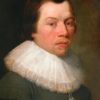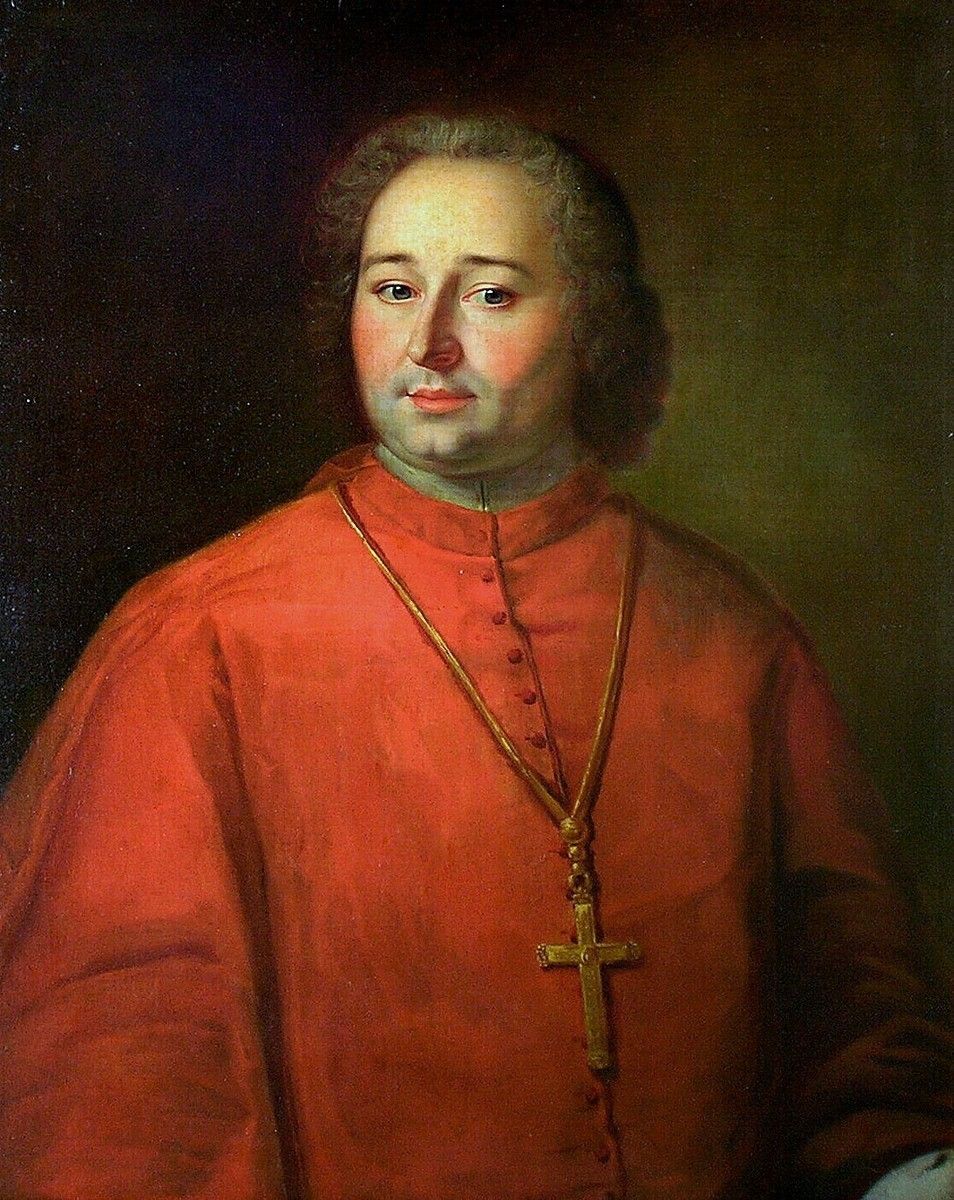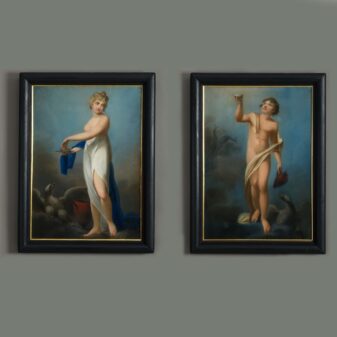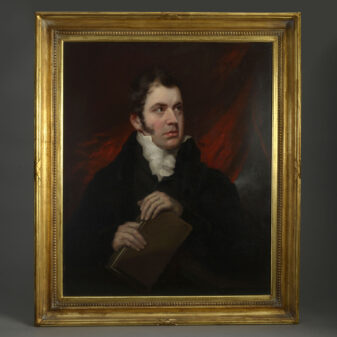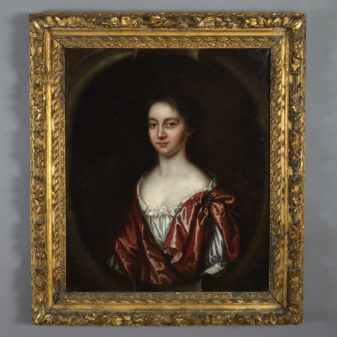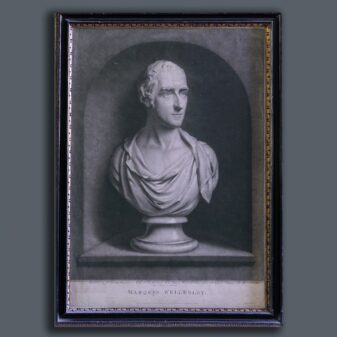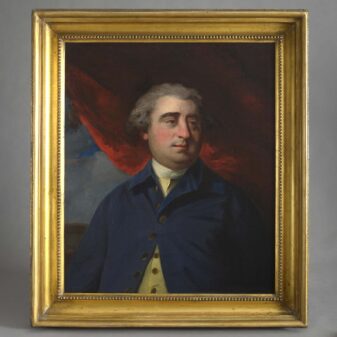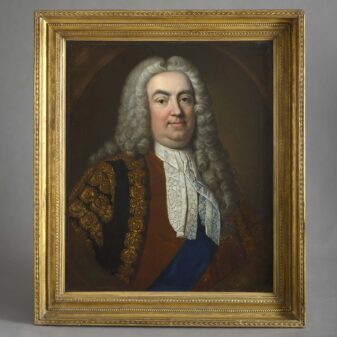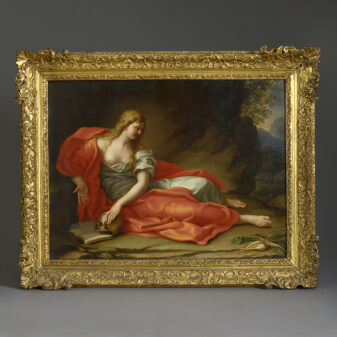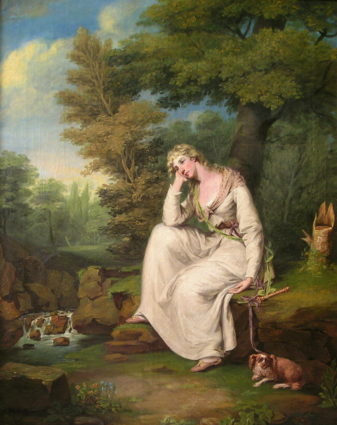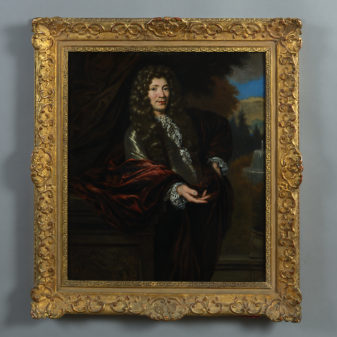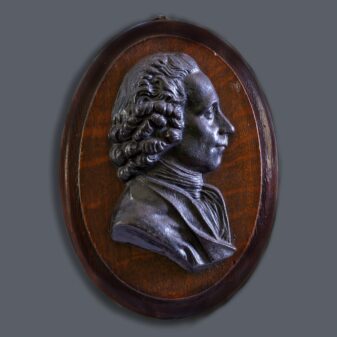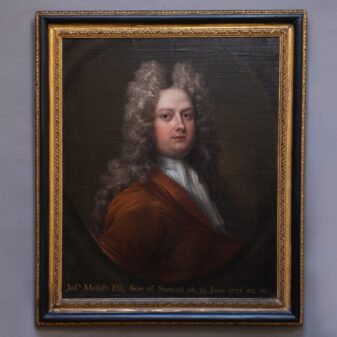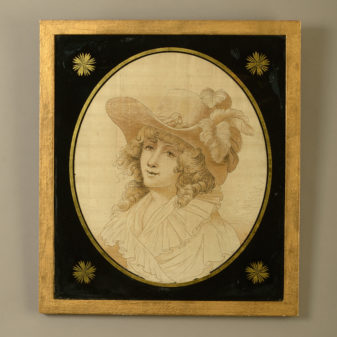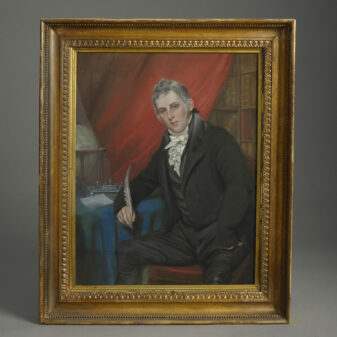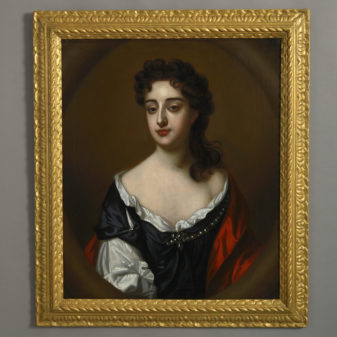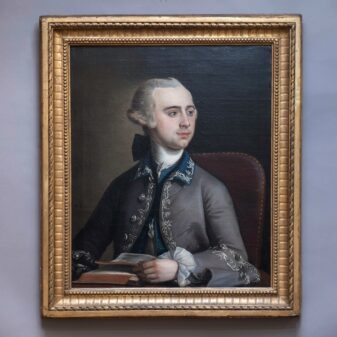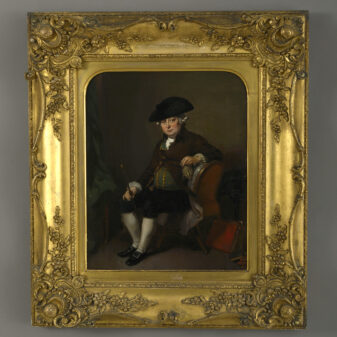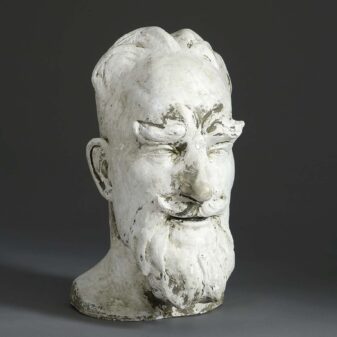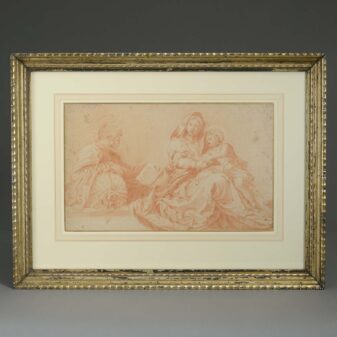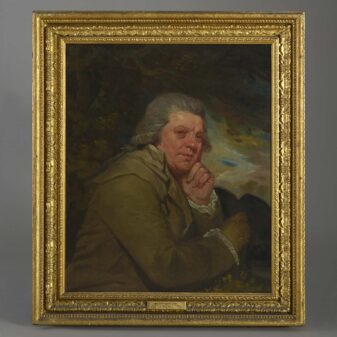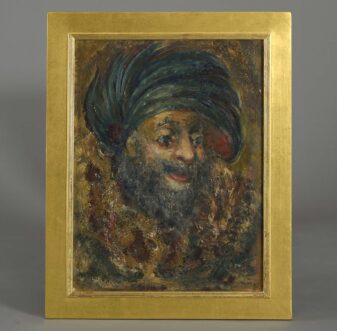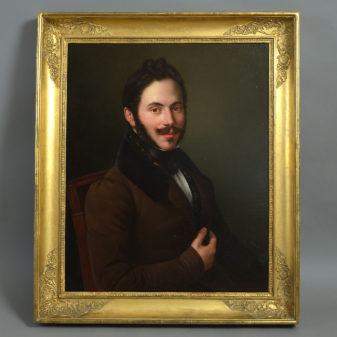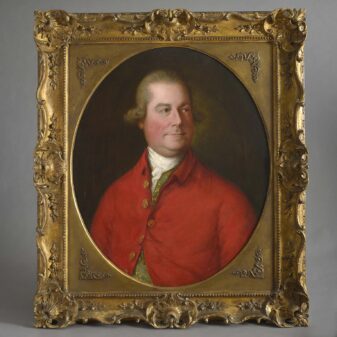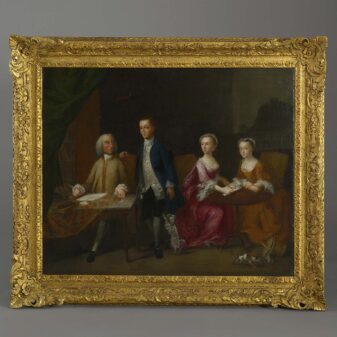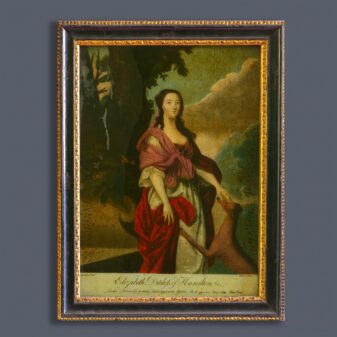Italian School, 18th Century, Cardinal Choiseul de Beaupré 1707 – 1774
£4,200
SOLD
Oil on canvas; 32 by 26 ins; 82 x 66 cm; held in an 18th century style frame
Provenance: European noble family until the early 20th century
Antoine Clériade de Choiseul-Beaupré was born on the 28th September 1707 at Chateau Daillecourt in the Haute-Marne region of France. He studied theology in Paris later being ordained and becoming Vicar-General of the Mende diocese. He was elected archbishop of Besançon, in March, 1755 and created Cardinal Priest by Pope Clement XIII in November 1761. He became Chaplain to the King of Poland in 1764 and went on to participate in the conclave of 1769 which elected Pope Clement XIV. He died on the 7th January, 1774 at Besançon and is buried in the Cathedral. Family details are obscure but his father appears to be Antoine, Comte de Choiseul, Marquis de Beaupré (1664-1726), a Lieutenant-General in the Kings Army who married Anne-Francoise Barillon Morangis in 1695.
The engaging broad face of the Cardinal, meticulously described by the artist’s brush, contrasts well with the expanse of red fabric which constitutes the Mozzetta, the short elbow length cape. This expanse of colour significantly highlights the gold pectoral cross and with no other ornament in the composition conveys the sitter as a man of God unencumbered by worldly goods. Given that Clériade was created Cardinal in late 1761, and noting the apparent age of the sitter, this painting must have been undertaken sometime around this time, probably in Rome.
Choiseul de Beaupré was the elected archbishop in March 1755 and later created Cardinal Priest by Pope Clement XIII In November 1761. Several years later he became Chaplain to the King of Poland and went on to participate in the conclave of 1769 which elected the Pope Clement XIV. The portrait here depicts him as the new cardinal, made in 1761. Almost certainly painted in Rome, at that time, it depicts him with his grand robes and gold pectoral cross. The red mozzetta, the signifying aspect of all cardinals, is resplendently depicted with no other ornament in the composition. It conveys the sitter as a man of God, unencumbered by worldly goods.
An interesting aspect to this portrait is the facial expression and the details that we see there. He’s depicted here as a real man, showing us the strong nature of his personality, unlike portraits of the past. This means we can engage more fully with this particular one. He is a man, and a man of God also.
This interesting portrait came from a European noble family and was discovered recently. Pictures such as this are rarely to be found these days and as such it’s one of the rare treats of a dealer to come across something of this nature.
Reference: Salvator Miranda ‘The Cardinals of the Holy Roman Church’, Florida International University

